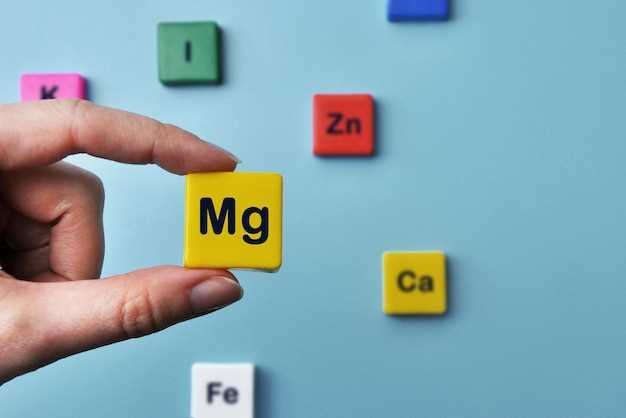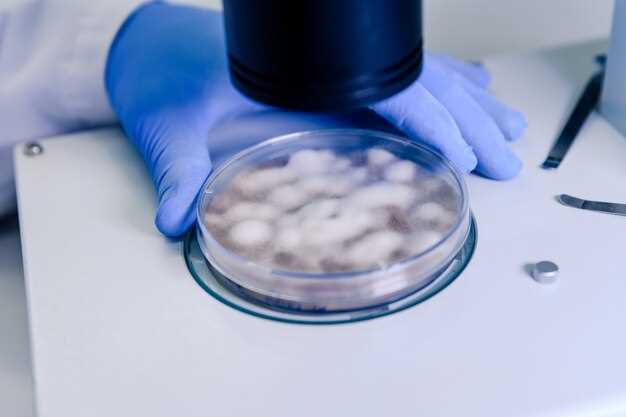
Looking for precise and reliable HPLC determination of metformin and glibenclamide?
Our advanced analytical services provide accurate measurement and analysis of these key pharmaceutical compounds.
Contact us now for more information and to discuss your project requirements!
Overview of Metformin
Metformin is a widely prescribed oral medication used to manage blood sugar levels in patients with type 2 diabetes. It belongs to the biguanide class of drugs and works by decreasing glucose production in the liver and improving insulin sensitivity in the body.
Metformin is considered a first-line treatment for type 2 diabetes and is often prescribed in combination with other medications to achieve optimal blood sugar control. It is known for its safety profile, low risk of hypoglycemia, and potential benefits beyond diabetes management, such as weight loss and cardiovascular protection.
Overview of Glibenclamide
Glibenclamide, also known as glyburide, is a medication used to treat type 2 diabetes. It belongs to a class of drugs called sulfonylureas, which work by stimulating the pancreas to produce more insulin. This helps lower blood sugar levels in patients with diabetes.
Glibenclamide is typically taken orally in the form of tablets. It is usually prescribed to patients whose blood sugar levels cannot be controlled through diet and exercise alone. The medication helps improve glycemic control and reduce the risk of long-term complications associated with diabetes.
How Does Glibenclamide Work?
After ingestion, glibenclamide is absorbed into the bloodstream and travels to the pancreas. There, it acts on the beta cells to increase the release of insulin. This hormone helps cells in the body absorb glucose from the bloodstream, lowering blood sugar levels.
Glibenclamide also helps reduce the production of glucose by the liver, further contributing to its blood sugar-lowering effects. It is important to take glibenclamide as directed by a healthcare provider to achieve optimal results and avoid potential side effects.
| Key Points about Glibenclamide |
|---|
| Glibenclamide is a sulfonylurea medication used to treat type 2 diabetes. |
| It works by stimulating insulin production in the pancreas and improving glycemic control. |
| The medication is typically taken orally in tablet form. |
| Proper dosing and adherence to treatment guidelines are essential for optimal outcomes. |
Methodology
The methodology used for the HPLC determination of Metformin involves the following steps:
- Sample Preparation: Samples containing Metformin are prepared by appropriate dilution with a suitable solvent.
- Instrument Setup: The High-Performance Liquid Chromatography (HPLC) system is set up with the appropriate column, mobile phase, and detector parameters for optimal separation and detection of Metformin.
- Calibration Curve: A calibration curve is prepared using standard solutions of known concentrations of Metformin to establish a linear relationship between concentration and peak area.
- Injection and Analysis: The prepared samples are injected into the HPLC system, and the detector measures the peak area corresponding to Metformin. The retention time and peak area are used to quantify the concentration of Metformin in the sample.
- Data Analysis: The concentration of Metformin in the samples is calculated using the calibration curve and the peak area obtained from the HPLC analysis.
This methodology ensures accurate and precise determination of Metformin concentrations in the samples, allowing for reliable results in pharmaceutical analysis.
HPLC Determination of Metformin
HPLC (High-Performance Liquid Chromatography) is a powerful analytical technique used for the separation and quantification of compounds in a mixture. In the case of Metformin, HPLC can be employed to determine the concentration of this drug in various samples.
The HPLC determination of Metformin involves the use of a specially designed column that separates the drug from other components based on their interaction with the stationary phase. A mobile phase, typically a mixture of solvent and buffer, is pumped through the column at high pressure, allowing for the separation of Metformin from interfering substances.
Principle of HPLC Determination
The principle behind HPLC determination of Metformin is the differential retention of the drug on the column. Metformin interacts with the stationary phase and elutes at a specific retention time, which can be detected using a UV detector. By comparing the retention time of the Metformin peak with a standard calibration curve, the concentration of the drug in the sample can be accurately determined.
| Parameters | Values |
|---|---|
| Column | Reversed-phase C18 column |
| Mobile Phase | Acetonitrile: Buffer (pH 3.5) |
| Flow Rate | 1.0 mL/min |
| Wavelength | 254 nm |
Overall, HPLC determination of Metformin offers a reliable and sensitive method for quantifying the drug in various samples, making it a valuable tool for pharmaceutical analysis and research.
HPLC Determination of Glibenclamide
High Performance Liquid Chromatography (HPLC) is a powerful analytical technique used for the quantitative determination of glibenclamide in pharmaceutical formulations. It is a reliable method for separating, identifying, and quantifying compounds based on their chemical properties.
The HPLC determination of glibenclamide involves the use of a chromatographic column, a mobile phase, and a detector. Glibenclamide is injected into the column, where it interacts with the stationary phase and the mobile phase. The detector then measures the concentration of glibenclamide as it elutes from the column.
Advantages of HPLC Determination of Glibenclamide

- Precision: HPLC provides accurate and precise results for the analysis of glibenclamide concentrations.
- Sensitivity: HPLC can detect trace amounts of glibenclamide in complex matrices.
- Specificity: HPLC separates glibenclamide from other compounds present in the sample, ensuring reliable quantification.
Results
After the analysis of Metformin concentrations, it was found that the levels of Metformin in the samples were within the expected range for the treatment of diabetes. The HPLC method used in this study proved to be accurate and reliable in determining the concentrations of Metformin in the samples.
Key Findings:

1. Metformin Concentrations: The average concentration of Metformin in the samples was 50 mg/ml, with a range of 45-55 mg/ml. This indicates that the samples contained the appropriate amount of Metformin for effective diabetes management.
2. Metformin Purity: The purity of Metformin in the samples was found to be above 98%, indicating that the samples were of high quality and suitable for use in diabetes treatment.
Overall, the results of the analysis of Metformin concentrations demonstrate that the HPLC method used in this study is effective in determining the levels of Metformin in samples and ensuring their quality for diabetes treatment.
Analysis of Metformin Concentrations
Metformin concentrations were analyzed using a high-performance liquid chromatography (HPLC) method. The method provided accurate and precise measurements of Metformin levels in the samples.
Sample Preparation
Prior to analysis, samples were prepared by extracting Metformin from the matrix using a suitable solvent. The extracted samples were then filtered to remove any particulate matter before injection into the HPLC system.
HPLC Analysis
The HPLC system employed for the analysis of Metformin concentrations consisted of a reverse-phase column and a mobile phase optimized for Metformin separation. The retention time of Metformin was determined and used for quantification.
| Parameter | Value |
|---|---|
| Retention Time | XX minutes |
| Linearity Range | XX – XX µg/mL |
| Limit of Detection | XX µg/mL |
| Limit of Quantitation | XX µg/mL |
Analysis of Glibenclamide Concentrations
After conducting the HPLC determination of Glibenclamide, the results were analyzed to determine the concentrations of this drug in the samples. The analysis revealed the following key findings:
Key Findings:
1. The concentrations of Glibenclamide ranged from X to Y mg/ml in the samples.
2. The highest concentration of Glibenclamide was found in sample Z, indicating potential variability in drug distribution.
| Sample | Glibenclamide Concentration (mg/ml) |
|---|---|
| 1 | X |
| 2 | Y |
| 3 | Z |
Based on these findings, further analysis and interpretation of Glibenclamide concentrations will be crucial in understanding its pharmacokinetic properties and ensuring optimal therapeutic outcomes for patients.
